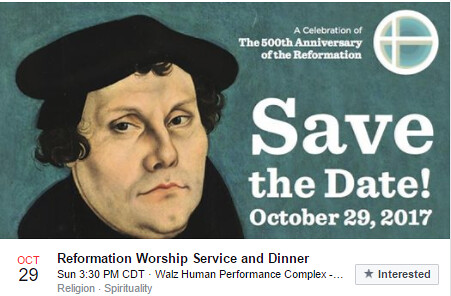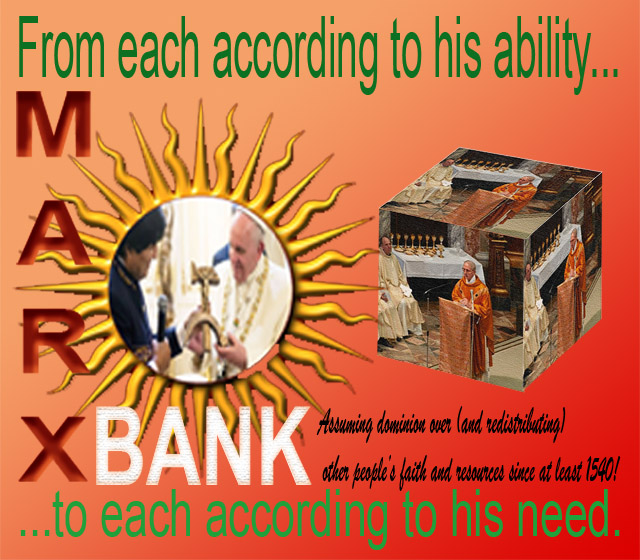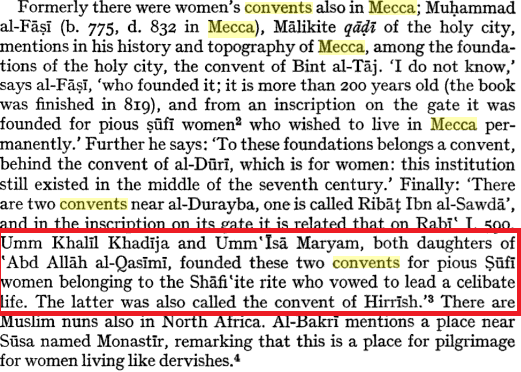Catholics always have been taught that the word “catholic” means “universal,” and arguably one of the hallmarks of the Catholic faith is that it recognizes no borders; while there are many rites, of which the Latin is the predominant one, there is one truth, one set of dogma.
As I consider this from St. Louis, Missouri, where my family and I have lived since 2000, I realize something must be askew with Catholic pretenders who crave independence over universality.
Several years ago, to greatly simplify a convoluted local history, a St. Louis parish operated for the benefit of the local Polish community split off from the archdiocese. Its parishioners, or, rather, a majority of its board of directors, decided that its church property was more important than Catholic unity. After years of wrangling, a settlement with the archdiocese ended the matter finally, with the breakaway Catholics, led by a defrocked and excommunicated priest, retaining control of their buildings.
St. Stanislaus Kostka was, and remains, a pretty church. It’s not grandly and gloriously beautiful like our cathedral, or the oratory at St. Francis de Sales. Rather, it’s what I’d call working-class beautiful, and far better than many of the suburban parishes built west of the city in the 1970s. St. Louis once earned the nickname “Rome of the West” because of the beauty of many of its older churches, an outward symbol of the faith and loyalty of the Catholics who built them.
While the battle over St. Stan’s was originally a property dispute, it evolved into something else. For with this property dispute, a virus was planted in the parish that led the parishioners away from Catholicism. St. Stan’s has become one of those churches that are merely posing to be Catholic, while embracing the wrong side of so many battles the Church is facing, especially those around sex and gender. It’s what one would call, in the euphemism of the day, a welcoming parish, welcoming visiting dissident celebrities and women priests and feeling more than welcome to join the city’s annual gay pride parade.
Oddly, however, despite its size and its stature in the progressive community, St. Stan’s isn’t alone. There’s St. Catherine of Siena, also located in St. Louis, where services are held in a former Lutheran church. It considers itself an “Independent Catholic Church,” but also considers itself part of the “Synodal” Catholic Church.
Not too far north of St. Catherine, on the other side of Forest Park in the city’s Central West End, and also not too far from our cathedral, lies the St. Therese of Divine Peace “Inclusive RC Community.” It has no qualms about claiming to be Roman Catholic; its pastor is a woman affiliated with Roman Catholic Womenpriests. Its offices and chapel space are courtesy the local First Unitarian Church.
Another “Catholic” church, Sts. Clare and Francis, operates in neighboring Webster Groves as part of what’s called the Ecumenical Catholic Communion. Its offices are at Eden Theological Seminary, affiliated with the United Church of Christ. The pastor is a former Catholic priest who left the church in 1990 because he couldn’t accept celibacy, and is now married to another man.
A little further west, in the city of Creve Coeur, Sts. Peter and Paul is part, not of the Ecumenical Catholic Communion, but the “Ecumenical Catholic Church+USA.” It holds its services at an Episcopal parish church, St. Timothy’s. The pastor is both a bishop in the church, and gainfully employed in local law enforcement.
Across the Missouri River further to the west, in St. Charles County, one comes across Christ the King Ministries and Mission Catholic Church, a storefront church which calls itself part of the schismatic “Brazilian Rite” of the Catholic Church.
In a metropolitan area with such a strong Catholic presence, these churches are relatively insignificant outliers. They also are common to other cities. What is remarkable about them, and why should we be at least a little concerned about them?
Consider what they have in common. They all claim Catholic roots, and those who run them are quick to tout ordination under apostolic succession and some sort of tie to the obscure Old Catholic breakaway after Vatican I. They diverge from their Catholic roots on radically similar lines, dealing primarily with the usual sex-and-gender issues, promoting open communion for the divorced and remarries and those living gay lives. They accept female priests, and married priests. Two of the churches, at least, do not use the new translation of the Mass, but the one that preceded it.
When it comes to the sacraments, one of the challenges is that they can pose as being traditionally Catholic, such as in promoting wedding services. Hence, one of the priests operates a business and website, where he acknowledges that “many Catholics—and others—are searching for an inviting, sacramental wedding experience with the richness of the Catholic tradition yet different from that offered by the Roman Catholic Church.”
Reading this website, one comes away with the idea that “the richness of Catholic tradition” that is different from one in a Catholic church means a wedding in a park or on a beach, between two people who probably should not be marrying each other. At the same time the priest promises the richness of Catholic tradition, he throws it out the window: “Whatever your background, we will make sure that your wedding reflects and honors your beliefs.”
Such churches and services can only confuse those who don’t know enough to know better. For a long time, our local newspaper, the Post-Dispatch, ran church advertisements in its paltry Religion section on Saturdays. Under the Catholic category, one would find one or two Catholic churches, but also Sts. Peter and Paul mentioned above, with no differentiation. Likewise, people searching online for Catholic wedding services can easily be confused. Unfortunately, there is little the archdiocese can do about it, since these churches don’t respect canon law.
There are, however, two things the local church should do. First, ensure that Catholic adults have a clear understanding of Catholic teaching around these issues. Address them in an open and positive way—because our message is a fundamentally positive one. Second, call out the pretenders by name. Make clear to Catholics that these churches and services are not Catholic, despite what they advertise, and that they are to be avoided. If there are any ways in particular that these phony Catholic websites are misrepresenting themselves and skirting the truth and painting themselves as something they are not, make that known.
Catholics have an obligation to the truth, and spiritual works of mercy include instructing the ignorant and admonishing the sinful. Both of these may be called for in this situation, and mainstream Catholics, lukewarm as we can be sometimes, deserve to know the truth and need to hear it.





